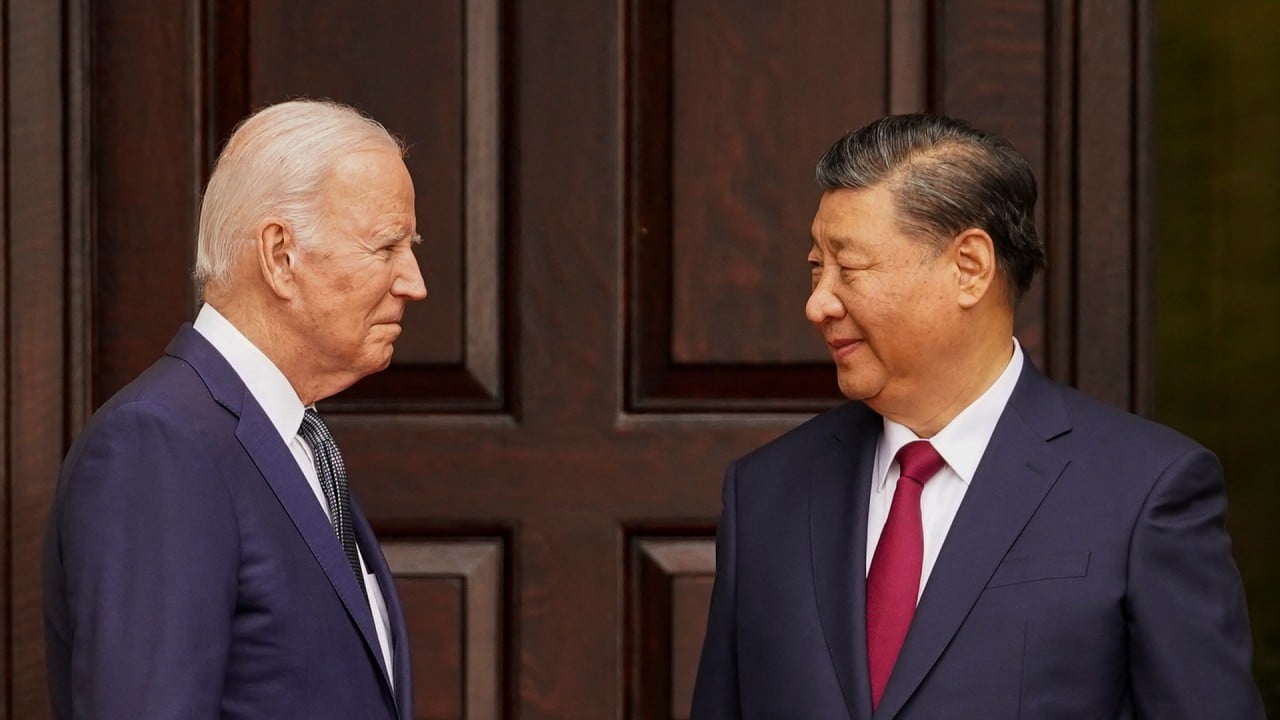But here’s the kicker: when the scientists doubled the laser’s power density, the area of peeling actually decreased.
China plans to build a giant rail gun to launch hypersonic planes into space
China plans to build a giant rail gun to launch hypersonic planes into space
The debate rages on about the viability of lasers as a countermeasure against hypersonic weapons. Proponents argue that lasers have a low cost of operation and can travel at near the speed of light in the atmosphere, making them one of the best means to counter the threat of hypersonic weapons.
Lin’s team said previous research had not accurately replicated the conditions of hypersonic weapons flying in the atmosphere, with “airflow always playing a cooling role”.
“In actual flight environments, aircraft are usually heated up,” they wrote.
Current research also fails to consider the feedback interference of burning on the airflow.
“The destruction of materials by laser irradiation is bound to change the structure of the airflow field, and the corresponding mechanism of airflow on the material will also change,” Lin and his colleagues said.

In new wind tunnel experiments, they found that the vaporised material under laser action forms a very complex interfering flow structure in the Mach 6 airflow and evolves into a droplet-shaped shock wave on the surface of the aircraft.
Under the high-power beam of 2kW/sq cm, the coating can be burned through in one second, and then the burning damage extends to the underlying metal material.
At a lower power density of 1kw/sq cm, the laser is not enough to damage the base metal, but the energy diffusion is obvious, causing more peeling of the coating material, they said.
Li’s team found that this is true in static conditions, as lower power density lasers cannot cause any damage to the coating.
However, during high-speed flight, the hot air promotes burning, “causing the upstream coating to quickly detach under the viscous action of the airflow,” they wrote.
Previously, the main goal of laser weapon development was to burn through the hull of the target. Now, the discovery of coating destruction “promises to broaden the horizons of application for laser countermeasures,” Li’s team said.
This experiment also highlights the challenges in using lasers to shoot down China’s hypersonic weapons.
According to calculations by some scientists, the current megawatt-class lasers being developed in the US can only generate light spots on a target – and that is with power densities of hundreds of watts per square centimetre. To cause damage to targets at long distances, the laser power may need to be increased to the gigawatt level.
Even if future laser weapons achieve this level of power, scientists and engineers developing hypersonic weapons can still mitigate or even avoid burns by improving coating materials or allowing the missile body to rotate in flight.



